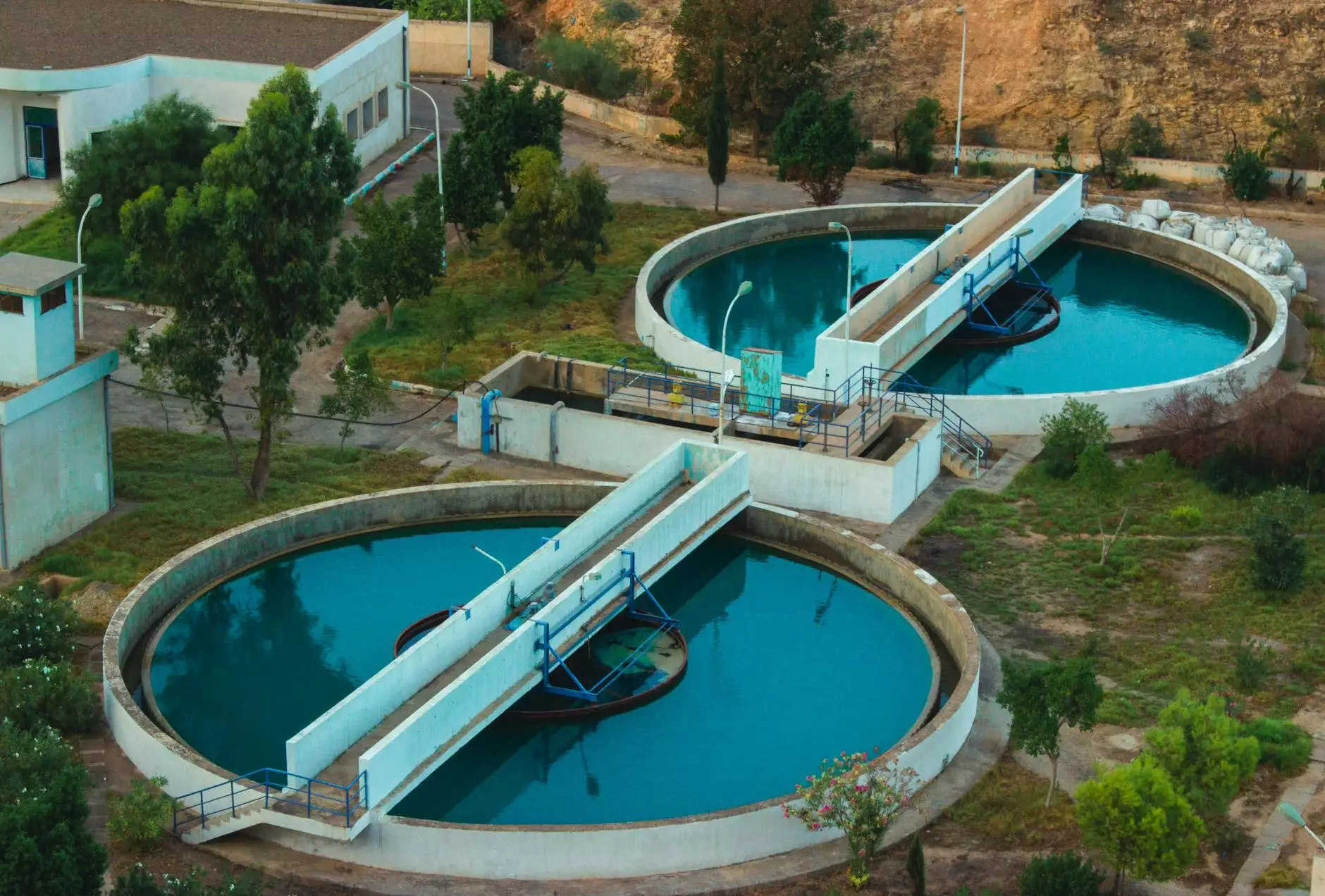Understanding Swimming Pool Plaster: A Complete Guide

Swimming pool plaster is an essential component of pool construction and renovation, playing a vital role not only in aesthetics but also in the durability and functionality of your swimming pool. In this article, we delve deeper into the world of swimming pool plaster, exploring its types, benefits, maintenance, and more, guiding you toward making informed decisions for your swimming oasis.
What is Swimming Pool Plaster?
Swimming pool plaster is a cement-based mixture used to coat the interior surfaces of inground swimming pools. This layer provides a waterproof barrier that protects the pool shell and enhances the pool's overall appearance. Typically applied over a gunite or shotcrete structure, plaster serves multiple purposes:
- Waterproofing: It creates a seal that prevents pool water from leaking.
- Aesthetic Appeal: It offers a smooth surface that can be colored and textured to enhance the visual appeal of the pool.
- Durability: Properly applied plaster can withstand years of exposure to chemicals and weather conditions.
- Easy Maintenance: Plaster provides a surface that is easier to clean compared to other materials.
Types of Swimming Pool Plaster
There are several types of plaster used for swimming pools, each with its unique properties and advantages. Below are the most common types:
1. White Plaster
White plaster is the traditional choice for swimming pools. It is made from a mixture of white Portland cement, sand, and water. Here are some characteristics:
- Classic appearance with a smooth, bright finish.
- Provides a reflective quality that enhances the pool's water color.
- Generally less expensive than other types of plaster.
2. Colored Plaster
Colored plaster involves adding pigments to the plaster mix, allowing homeowners to customize the hue of their pool interior. Benefits include:
- A variety of color options to match landscaping and design.
- Enhanced visual appeal that can complement different styles.
- The potential to hide stains and imperfections better than white plaster.
3. Quartz Plaster
Quartz plaster incorporates crushed quartz aggregate into the mixture, resulting in a stronger and more durable surface. Key features include:
- More resistant to stains and chemical damage.
- Provides a unique sparkling effect, giving a luxurious look.
- Longer lifespan than traditional plaster, making it a worthwhile investment.
4. Pebble Finish
Pebble finish consists of natural pebbles embedded in plaster, creating an attractive and textured surface. Advantages are:
- A stunning, natural appearance that mimics a riverbed or beach.
- Incredible durability and resistance to wear and tear.
- Enhanced slip resistance, making it safer for pool users.
Benefits of Properly Finished Swimming Pool Plaster
The right choice of swimming pool plaster is more than just a cosmetic decision; it has a profound impact on the overall functionality and maintenance of your swimming pool. Here are some benefits:
1. Enhanced Aesthetics
Swimming pools are often seen as the centerpiece of outdoor spaces. A well-finished plaster surface enhances the pool's aesthetics, providing a beautiful backdrop for relaxation and recreation. Whether you prefer a classic white finish or a modern, colored look, the choice of plaster can transform your pool area into a stunning outdoor retreat.
2. Improved Longevity
Investing in quality swimming pool plaster translates to improved longevity of your pool structure. Quality plaster can withstand the harsh effects of UV rays, chemicals, and fluctuating weather conditions. A durable plaster finish reduces the rate of deterioration, helping you save on future repair costs.
3. Reduced Maintenance
A smooth and well-sealed plaster surface minimizes algae growth and dirt accumulation, making routine cleaning easier. This not only saves you time but also keeps your pool healthy and inviting. Furthermore, certain plaster types, like quartz and pebble finishes, offer enhanced stain resistance, further reducing maintenance burdens.
4. Safe Swimming Experience
Plaster surfaces can provide a safe swimming environment. Options like pebble finish offer better grip, reducing the risk of slips and falls. Ensuring the plaster is maintained properly avoids sharp edges and rough patches that can cause injuries.
Choosing the Right Swimming Pool Plaster for Your Needs
Selecting the right type of plaster for your pool is crucial. Consider the following factors:
1. Pool Usage
If your pool is frequently used for recreational activities, a more durable option like pebble or quartz plaster may be ideal. For less frequently used pools, traditional white or colored plaster might be sufficient.
2. Visual Appeal
Your choice should also reflect your personal style and landscaping. Consider how different plaster colors and finishes will complement your home and yard.
3. Budget
While traditional white plaster is generally the most affordable option, investing in higher-quality finishes like quartz or pebble can yield long-term savings due to their durability.
Maintaining Your Swimming Pool Plaster
To maximize the lifespan and appearance of your swimming pool plaster, proper maintenance is essential. Here are some critical maintenance tips:
1. Regular Cleaning
Regularly cleaning your pool will help maintain the plaster surface. Use a soft brush to scrub the walls gently and a vacuum specifically designed for pools to clean the bottom. Avoid harsh chemicals that can damage the plaster.
2. Balance Water Chemistry
Maintain the water chemistry in your pool to avoid etching or staining the plaster surface. Regularly test for pH, alkalinity, and chlorine levels, adjusting as necessary to keep the water balanced and safe for swimmers.
3. Inspect for Damage
Conduct periodic inspections of your plaster surface. Look for cracks, chips, or discoloration, and address issues immediately to prevent further damage. Early repairs can save you from significant problems later on.
4. Re-Plastering When Necessary
Even with proper maintenance, swimming pool plaster will eventually wear over time. Signs that it's time to re-plaster include roughness, discoloration, or visible cracks. Re-plastering revitalizes the aesthetic and structural integrity of your pool.
Conclusion
In summary, swimming pool plaster is a vital element of pool construction and maintenance that significantly affects the pool's aesthetics, longevity, and overall user experience. By understanding the different types of plaster, their benefits, and how to maintain them effectively, you can make informed decisions that enhance your swimming environment.
For those looking to renovate or maintain their pools, visiting poolrenovation.com can provide you with invaluable resources and professional advice. Remember, investing in quality plaster and proper maintenance pays off in the long run, providing you with a beautiful, functional, and safe swimming pool for years to come.









